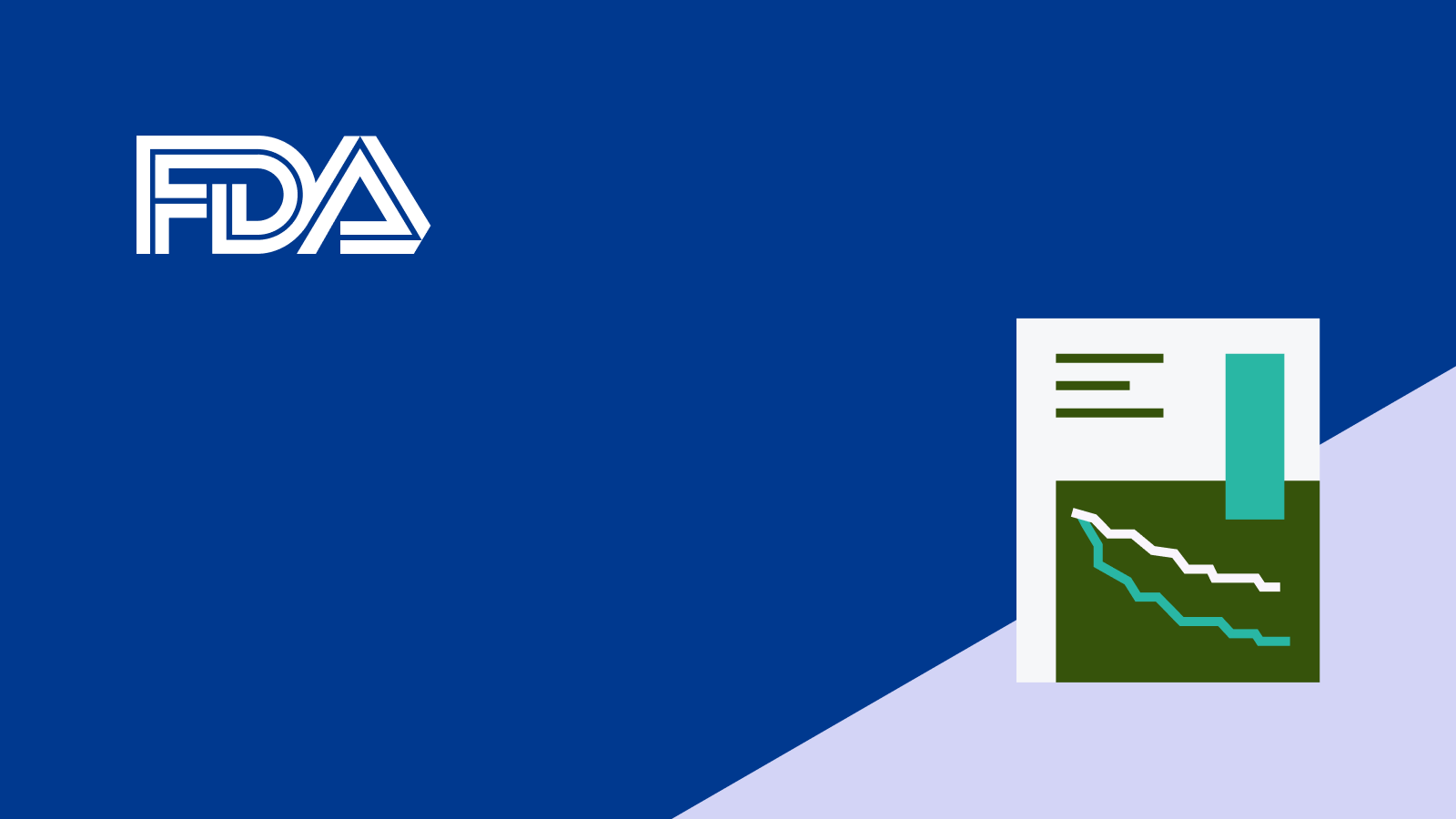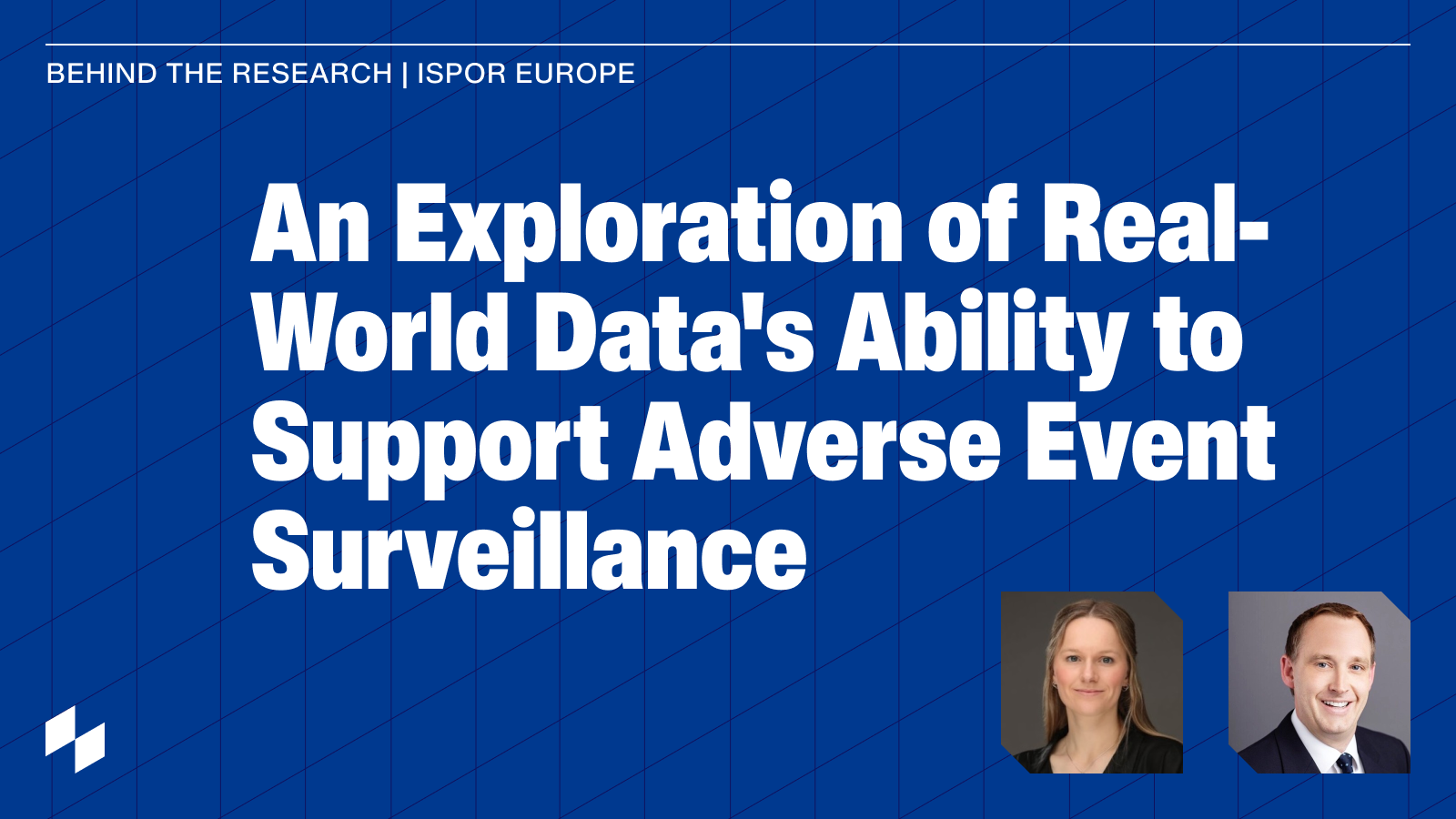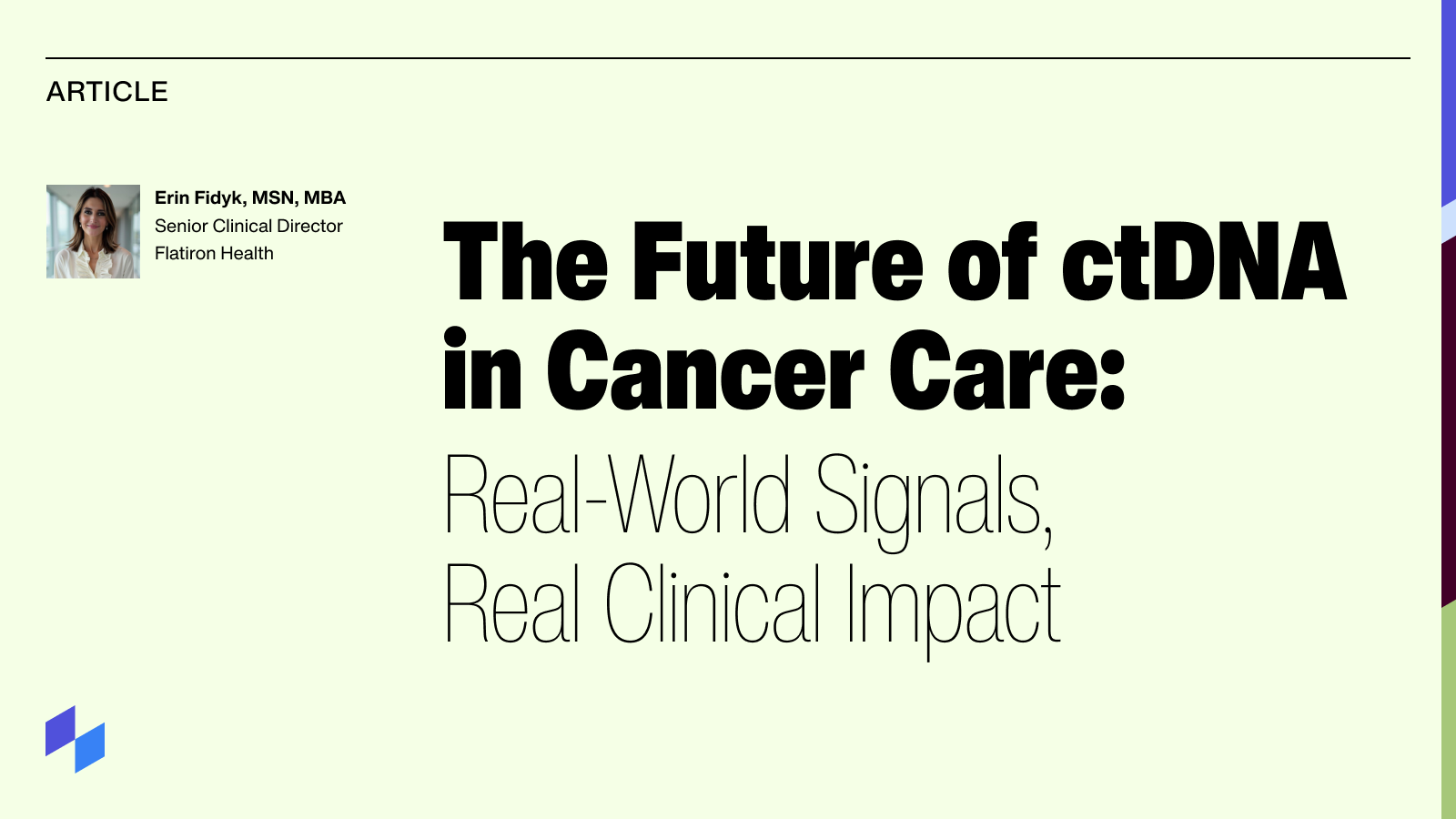Overview of Medicare drug price negotiation
The Inflation Reduction Act of 2022 is transforming the landscape for oncology drugs in the U.S. by authorizing Medicare to directly negotiate prices for selected drugs with life sciences companies. This transformation officially began in September 2023, when the Centers for Medicare and Medicaid Services (CMS) announced the first 10 drugs selected for negotiation, which included one cancer drug (Imbruvica). These negotiations are set to continue through 2024, with negotiated prices going into effect January 1, 2026. Over the coming years, the scope of the Medicare Drug Price Negotiation program will continue to expand as additional cancer drugs are selected for negotiation.
Significance for life sciences companies
Given Medicare’s sizable coverage of the U.S. population and significant oncology expenditures, drug price negotiations are a critical factor in the valuation and strategic positioning of oncology drugs. Medicare currently covers about 20% of the U.S. population, a figure that will continue to rise as the U.S. population ages. In 2020, Medicare spent $54 billion on oncology drugs. Spending was split between Medicare Part B coverage of outpatient treatments, such as chemotherapy, and Medicare Part D coverage of oral drugs, including palbociclib and ibrutinib.
Expanded needs for real-world evidence
Under the evolving negotiation framework, life sciences companies will face novel evidence generation needs in their efforts to address key areas of uncertainty for CMS. Evidence needs will include identifying what therapeutic alternatives are available compared to a selected drug, understanding the impact of a drug by evaluating a range of patient outcomes, and gathering comprehensive evidence from specific populations of interest. Another priority area is establishing strategies that effectively promote health equity, ensuring that all patients have access to essential medications, regardless of their socioeconomic status. Lastly, it will also be critical to assess whether a new drug successfully addresses unmet medical needs by offering enhanced benefits over existing treatments. These gaps create new opportunities for real-world evidence (RWE) to play a prominent role in oncology drug development and U.S. healthcare decision-making.
To effectively leverage RWE in this new environment, speed will be essential for life science companies. Within the constraints of the new framework, life science companies will face pressing deadlines to respond to CMS, which will require proactively procuring the needed evidence to demonstrate the value of their products to CMS. This constraint is illustrated by the timeline for the first round of negotiation, which granted companies just over 30 days from the time the list of selected drugs was announced to the deadline to prepare and submit all the necessary evidence to CMS (i.e., September 1, 2023 to October 2, 2023). As future timelines will likely remain extremely short, it's essential for companies to proactively gather RWE that can justify the value of their products. In particular, manufacturers with products that are likely to be selected in the first few years of the program should preemptively begin compiling relevant data in anticipation of selection.
Below, we provide five use cases where RWE can support life sciences companies in their negotiations with CMS.
1. Identifying therapeutic alternatives
Life sciences companies can leverage RWE to highlight available therapeutic alternatives to a given product, a crucial element that CMS intends to consider as part of its evidence review process. Specifically, RWE can be used to summarize the contemporary treatment landscape, emphasizing prevalent treatment options and frequently used alternatives. This approach facilitates the identification of relevant therapeutic alternatives, allowing RWE to demonstrate the comparative effectiveness of a selected product. Furthermore, the Inflation Reduction Act has limited the list of drugs eligible for negotiation to those where elapsed time since FDA approval is at least seven years for small molecule drugs and at least 11 years for biologics. Thus, meaningful amounts of RWE may be available, both in terms of number of patients and follow-up time for long-term outcomes.
2. Measuring key patient outcomes
Life sciences companies can use RWE to demonstrate the value of their products by focusing on key patient outcomes that are central to CMS considerations. CMS has listed some of the patient outcomes it may consider, many of which are captured in RWE. These include overall survival and progression-free survival, improvements in morbidity, and complete response rates. Within oncology, life sciences companies can use RWE to examine real-world outcomes, such as real-world overall survival and real-world progression-free survival. When direct measures are not available, RWE allows for the utilization of proxy measures to glean insights, including time-to-next treatment and time to treatment discontinuation. Moreover, RWE can shed light on other outcomes related to quality of life, such as the number of “healthcare days” associated with a given treatment for patients. Life sciences companies can also harness large language models and other AI tools to help analyze and formulate insights from unstructured data, including physician notes and other free-text. This approach enhances the richness of RWE, allowing a deeper understanding of key patient outcomes beyond what is captured through structured data alone.
3. Examining specific populations
Recognizing the existence of key subgroups within the Medicare population, CMS has stressed the need for evidence on specific populations. Gaps in evidence often arise due to the inadequate representation of certain groups in clinical research or limitations posed by smaller sample sizes. Life sciences companies can use RWE to bridge these gaps by offering insights into how a product affects “individuals with disabilities, the elderly, individuals who are terminally ill” and other groups that may experience inequities in access to care. Specifically, data elements, such as age and insurance coverage, can be used to generate evidence among those with Medicare coverage or within elderly populations. Similarly, Eastern Cooperative Oncology Group (ECOG) performance status and diagnostic information, other common data elements, can be used as a source of evidence among individuals with disabilities or multiple comorbidities. By synthesizing RWE, life sciences companies can better understand the effectiveness and safety of a product across diverse patient groups, complementing CMS’ emphasis on a thorough understanding of how a drug impacts a wide spectrum of patients.
4. Promoting health equity
Health equity is the first pillar of the CMS Strategic Plan and a key consideration to be incorporated into the CMS framework of drug price negotiations. CMS has explicitly recognized the inequities faced by certain racial and ethnic groups in access to novel treatments and resulting health outcomes. While evidence from clinical trials is often considered the gold standard within causal effectiveness, patients who participate in such trials often fail to reflect the real-world population that goes on to use a product post-approval. Life sciences companies can utilize RWE to demonstrate their commitment to health equity by providing data that encompass a broader and more inclusive range of patients, highlighting the real-world applicability and effectiveness of their products.
5. Highlight unmet medical need
While engaging in negotiations with CMS, life sciences companies can use RWE to highlight the unique value their treatments bring in addressing unmet medical needs. CMS guidance on drug price negotiation defined “unmet need” as a product that “treats a disease or condition in cases where no other treatment options exist or where existing treatments do not adequately address the disease or condition.” To demonstrate how a drug addresses such needs, life sciences companies can use RWE to highlight instances where certain patient subsets lack effective treatment options and to offer examples of products that successfully fill these therapeutic voids. As an example, a recent study utilized several sources of RWE to identify a subset of diffuse large B cell lymphoma (DLBCL) patients for whom standard immunotherapy regimens are intolerable, underscoring the value of a new therapy that addresses this need. By aligning the use of RWE with CMS' definition of unmet need, life sciences companies can emphasize a product’s unique benefits, thus strengthening their negotiation positions.
Conclusion
Within the evolving framework of Medicare drug price negotiations, RWE will be a key asset for life sciences companies, as it can be used to address numerous priority areas outlined by CMS. As this framework continues to develop, the scope and importance of RWE will continue to expand.
In this changing environment, Flatiron Health offers the speed and expertise life sciences companies will need to meet their new RWE needs. Flatiron can assist life science companies in this process by readily conducting studies that (1) target Medicare populations, (2) have a rigorous methodology, (3) avoid use of QALYs in association with life-extension or separates the QALY analysis from other data, and (4) highlight the clinical benefit, safety, and patient experience of the selected drug. Our expansive research database encompasses a large and meaningful share of the Medicare population from all regions of the U.S., including patients with fee-for-service and Medicare Advantage plans. Recognizing the needs of life sciences companies, our team of RWE experts is adept at providing the necessary evidence to enhance positioning of our customers’ oncology drugs in CMS negotiations. Such experience includes designing and drafting study protocols, conducting natural history studies that can highlight unmet need, and identifying external control arms. Given the critical need for speed in this evolving environment, Flatiron Health stands ready to rapidly deliver to life science companies real world evidence that can support their negotiations with CMS.




